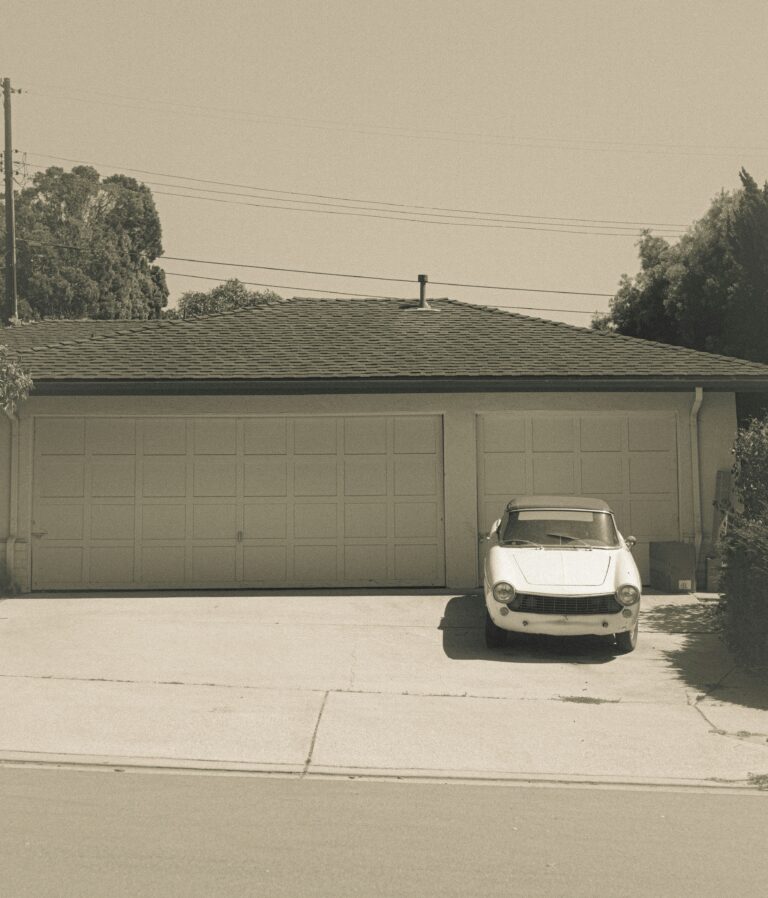
Safeguarding What Matters Most—Without Breaking the Bank
When it comes to protecting the pillars of your daily life—your home and your vehicle—insurance isn’t just a financial safety net. It’s peace of mind. Whether it’s a hailstorm damaging your roof, a fender bender on the commute to work, or an unexpected break-in, having the right insurance coverage ensures you’re never left scrambling to recover from life’s curveballs. But with so many policies, providers, and fine-print details, navigating the world of home and auto insurance can feel overwhelming.
This guide cuts through the noise. We’ll break down the essentials of home and auto insurance, share actionable tips to save money, and help you make informed decisions that protect your assets and your wallet. Let’s dive in.
Understanding Home Insurance: More Than Just Four Walls
Your home is more than a building—it’s where memories are made, families grow, and life unfolds. Home insurance shields you from the financial fallout of disasters, both big and small. But not all policies are created equal. Here’s what you need to know:
What Does Home Insurance Cover?
Most standard policies include six key areas:
- Dwelling Coverage: Repairs or rebuilds your home after damage from fire, wind, hail, or vandalism.
- Other Structures: Protects detached garages, sheds, or fences.
- Personal Property: Reimburses you for stolen or damaged belongings (e.g., furniture, electronics).
- Liability Protection: Covers legal fees if someone is injured on your property.
- Additional Living Expenses (ALE): Pays for temporary housing if your home is uninhabitable.
- Medical Payments: Covers minor medical bills for guests injured on your property.
Pro Tip: Always review “named perils” vs. “open perils” policies. Named perils only cover specific risks listed in your policy (e.g., fire, theft), while open perils cover all risks except those explicitly excluded (e.g., earthquakes, floods).
Factors That Impact Your Premiums
Insurance companies assess risk based on:
- Location: Homes in hurricane-prone areas or high-crime neighborhoods cost more to insure.
- Home Age and Condition: Older homes with outdated wiring or plumbing may raise premiums.
- Claims History: Frequent claims can label you a “high-risk” policyholder.
- Credit Score: In many states, a higher credit score can lower your rates.
- Deductible Choice: Opting for a higher deductible reduces premiums but increases out-of-pocket costs during a claim.
How to Save on Home Insurance
- Bundle Policies: Insuring your home and car with the same provider often unlocks discounts (more on this later).
- Improve Home Security: Install smoke detectors, burglar alarms, or smart locks.
- Raise Your Deductible: If you have emergency savings, consider a $1,000+ deductible.
- Review Annually: Update your policy after renovations or major purchases.
- Ask About Discounts: Loyalty, claims-free, or senior citizen discounts are common.
Auto Insurance Demystified: Beyond the Basics
Your car is a lifeline—it gets you to work, school, and adventures. Auto insurance isn’t just legally required in most states; it’s critical for protecting your finances if an accident occurs. Let’s shift gears and explore auto coverage.
Types of Auto Insurance Coverage
- Liability Insurance: Covers injuries and property damage you cause to others (mandatory in most states).
- Collision Coverage: Pays for repairs to your car after an accident, regardless of fault.
- Comprehensive Coverage: Protects against non-collision events (theft, vandalism, natural disasters).
- Personal Injury Protection (PIP): Covers medical bills for you and passengers.
- Uninsured/Underinsured Motorist Coverage: Steps in if the at-fault driver lacks sufficient insurance.
Pro Tip: State minimums for liability coverage are often too low. For example, if you cause $100,000 in medical bills but only have $50,000 in coverage, you’ll pay the difference out of pocket. Opt for higher limits if possible.
What Determines Your Auto Insurance Rates?
Insurers evaluate:
- Driving Record: Accidents, DUIs, and speeding tickets spike premiums.
- Vehicle Type: Luxury cars and models with high theft rates cost more to insure.
- Annual Mileage: Less driving = lower risk.
- Age and Gender: Teens and male drivers under 25 often face higher rates.
- Credit History: Poor credit can double your premiums in some states.
Smart Ways to Lower Auto Insurance Costs
- Maintain a Clean Driving Record: Avoid tickets and accidents for 3–5 years to qualify for “safe driver” discounts.
- Choose Your Car Wisely: Before buying a vehicle, check insurance costs.
- Take a Defensive Driving Course: Some insurers offer discounts for completing accredited courses.
- Pay Annually: Monthly payments often include processing fees.
- Leverage Telematics: Usage-based programs (e.g., Progressive’s Snapshot) reward safe driving with lower rates.
The Power of Bundling Home and Auto Insurance
Why juggle multiple policies when bundling can simplify your life and save money? Combining home and auto insurance with one provider is a win-win for convenience and cost.
Benefits of Bundling
- Discounts: Most insurers offer 10–25% off when you bundle.
- Single Deductible: Some providers waive one deductible if a single event (e.g., a storm) damages both home and car.
- Unified Customer Service: One point of contact for claims, billing, and questions.
- Simplified Management: Track policies through a single app or portal.
Case Study: Sarah, a homeowner in Texas, saved $420 annually by bundling her home and auto policies. When a tornado damaged her roof and car, her insurer handled both claims seamlessly.
When Bundling Isn’t the Best Fit
While bundling works for many, compare standalone policies if:
- Your home or auto has unique risks (e.g., coastal property requiring flood insurance).
- Another insurer offers significantly lower rates for one policy type.
Choosing the Right Insurance Provider: 5 Red Flags to Avoid
Not all insurers are created equal. Keep an eye out for:
- Too-Good-to-Be-True Rates: Extremely low premiums often mean poor coverage or hidden fees.
- Poor Customer Service Reviews: Check J.D. Power ratings or BBB complaints.
- Slow Claims Processing: Research how quickly providers settle claims.
- Limited Coverage Options: Avoid providers that won’t customize policies.
- Pressure Tactics: Reputable agents educate, not push.
Common Insurance Mistakes (And How to Avoid Them)
- Underinsuring Your Home: Rebuilding costs often exceed market value. Get a professional appraisal.
- Ignoring Policy Updates: Did you remodel your kitchen or buy a new laptop? Update your policy.
- Skipping Flood Insurance: Standard policies exclude floods. If you’re in a risk zone, get separate coverage.
- Overlooking Discounts: From paperless billing to alumni associations, discounts add up.
- Not Comparing Quotes: Rates vary wildly—get quotes from at least three providers annually.
The Future of Home and Auto Insurance
Technology is reshaping the industry:
- Smart Home Devices: Leak sensors and security cameras may lower home premiums.
- Telematics: Pay-as-you-drive programs reward safe habits.
- AI Claims Processing: Faster payouts via apps and chatbots.
- Climate Change Adjustments: Insurers are reevaluating rates in disaster-prone areas.
Final Thoughts: Protect Your Tomorrow, Today
Home and auto insurance aren’t just checkboxes—they’re investments in stability. By understanding your coverage, comparing options, and staying proactive, you can secure robust protection without overspending.
Your Next Steps:
- Audit your current policies.
- Reach out to providers for bundling quotes.
- Implement at least one cost-saving tip this week.
Life is unpredictable, but your insurance doesn’t have to be. With the right approach, you’ll safeguard your home, your car, and your future—one smart decision at a time.



























